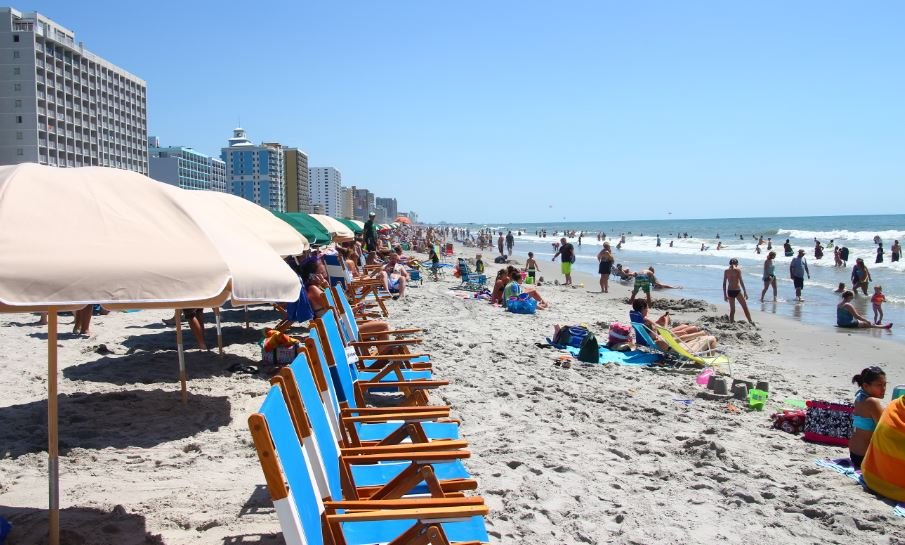Siding is a crucial component of any home’s exterior, providing protection, insulation, and aesthetic appeal. However, over time, it can succumb to wear and tear, weather conditions, or accidents, leading to various types of damage. Recognizing the signs of damaged siding is vital to maintaining the integrity of your home. In this blog, we will explore the most common types of damaged siding, their causes, and potential solutions.
Common Types of Damaged Siding
Weather-Related Damage:
a. Hail Damage:
- Signs: Circular dents, cracks, or punctures on the siding.
- Causes: Severe hailstorms or falling debris.
- Solutions: Repairing damaged sections or replacing the affected siding.
- Signs: Loose or missing siding panels, lifting or peeling at the edges.
- Causes: High winds, hurricanes, or tornadoes.
- Solutions: Reattaching loose panels, replacing missing sections, or reinforcing the siding with stronger materials.
- Signs: Warping, rotting, or discoloration of the siding.
- Causes: Poor installation, inadequate waterproofing, or excessive moisture exposure.
- Solutions: Repairing or replacing damaged siding, improving drainage systems, and addressing underlying moisture issues.
Impact Damage:
a. Physical Impact:
- Signs: Cracks, holes, or chipped sections.
- Causes: Accidental impacts from objects like baseballs, tree limbs, or ladders.
- Solutions: Patching small damages, replacing severely affected panels, or considering impact-resistant siding options.
- Signs: Small holes, tunnels, or gnaw marks.
- Causes: Wood-boring insects, rodents, or birds.
- Solutions: Addressing the pest issue, treating affected areas, and replacing damaged siding if necessary.
Aging and Deterioration: a. Fading and Discoloration:
- Signs: Faded or discolored patches.
- Causes: Long-term exposure to sunlight and UV rays.
- Solutions: Cleaning and repainting the siding or considering fade-resistant materials.
b. Cracking and Splitting:
- Signs: Visible cracks, splits, or fractures.
- Causes: Age, temperature fluctuations, or inadequate maintenance.
- Solutions: Repairing minor cracks, replacing severely damaged sections, or opting for more durable siding options.
Mold and Mildew Growth:
- Signs: Dark spots, fuzzy growth, or a musty odor.
- Causes: High humidity, inadequate ventilation, or water infiltration. c.
- Solutions: Cleaning and treating affected areas, improving ventilation, addressing moisture sources, and replacing severely damaged siding.
Conclusion:
Being aware of the common types of damaged siding and their causes empowers homeowners to take timely action and prevent further deterioration. Whether it’s weather-related damage, impact damage, aging, or mold growth, understanding the signs and implementing appropriate solutions is essential for maintaining the beauty, functionality, and structural integrity of your home’s siding. Regular inspections, proper maintenance, and professional assistance can go a long way in preserving the lifespan of your siding and ensuring a safe and appealing exterior for years to come.




Leave a Reply